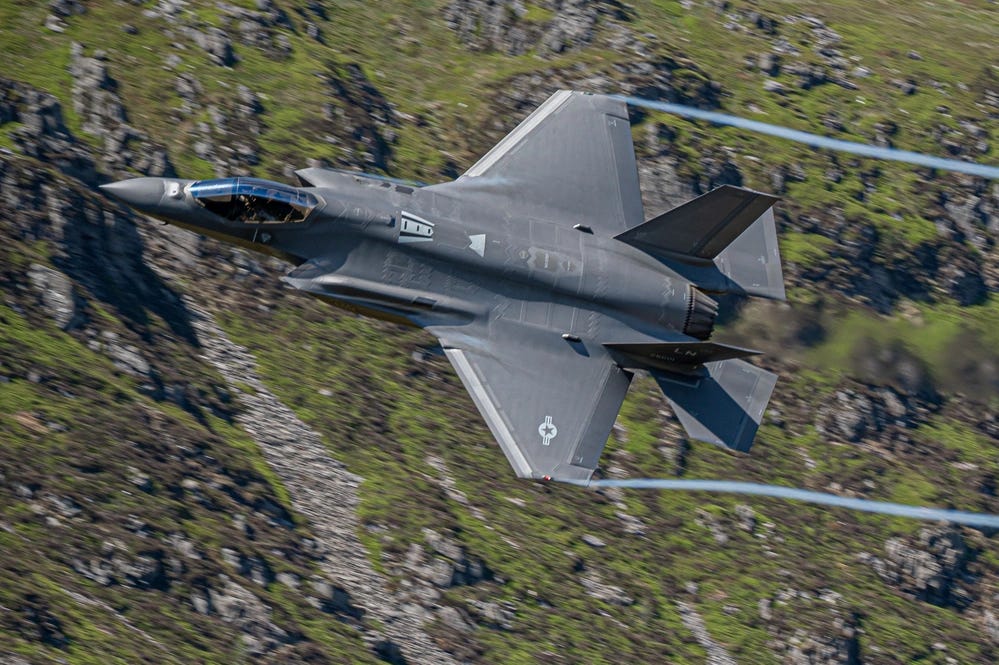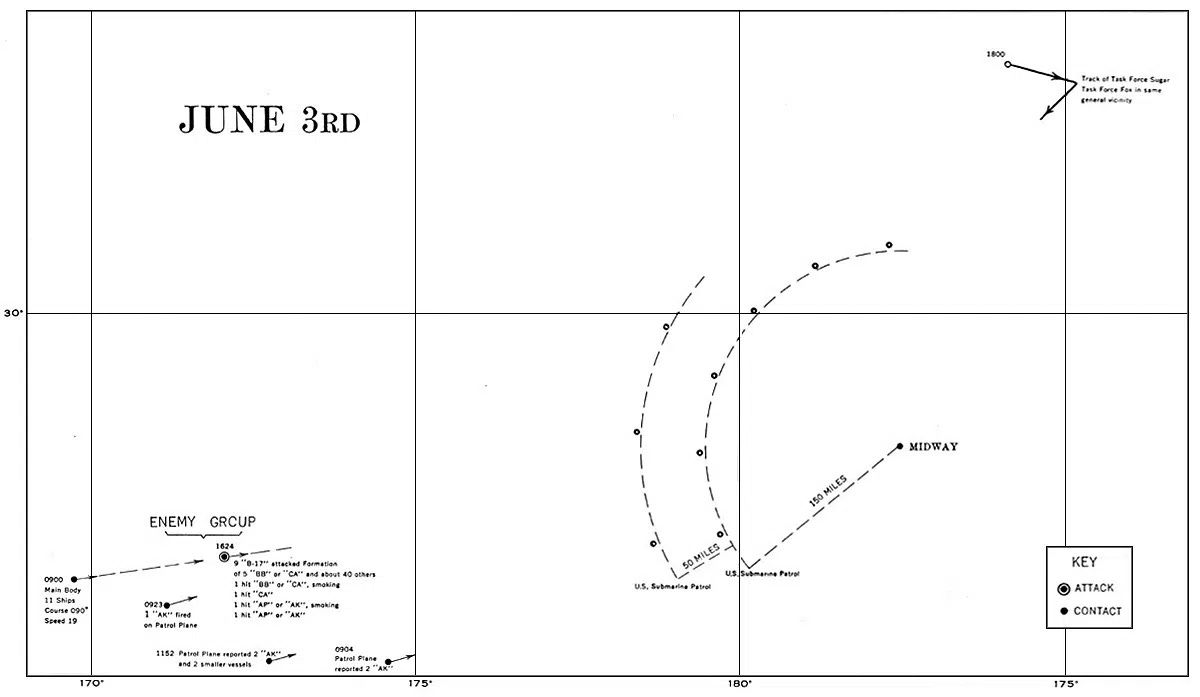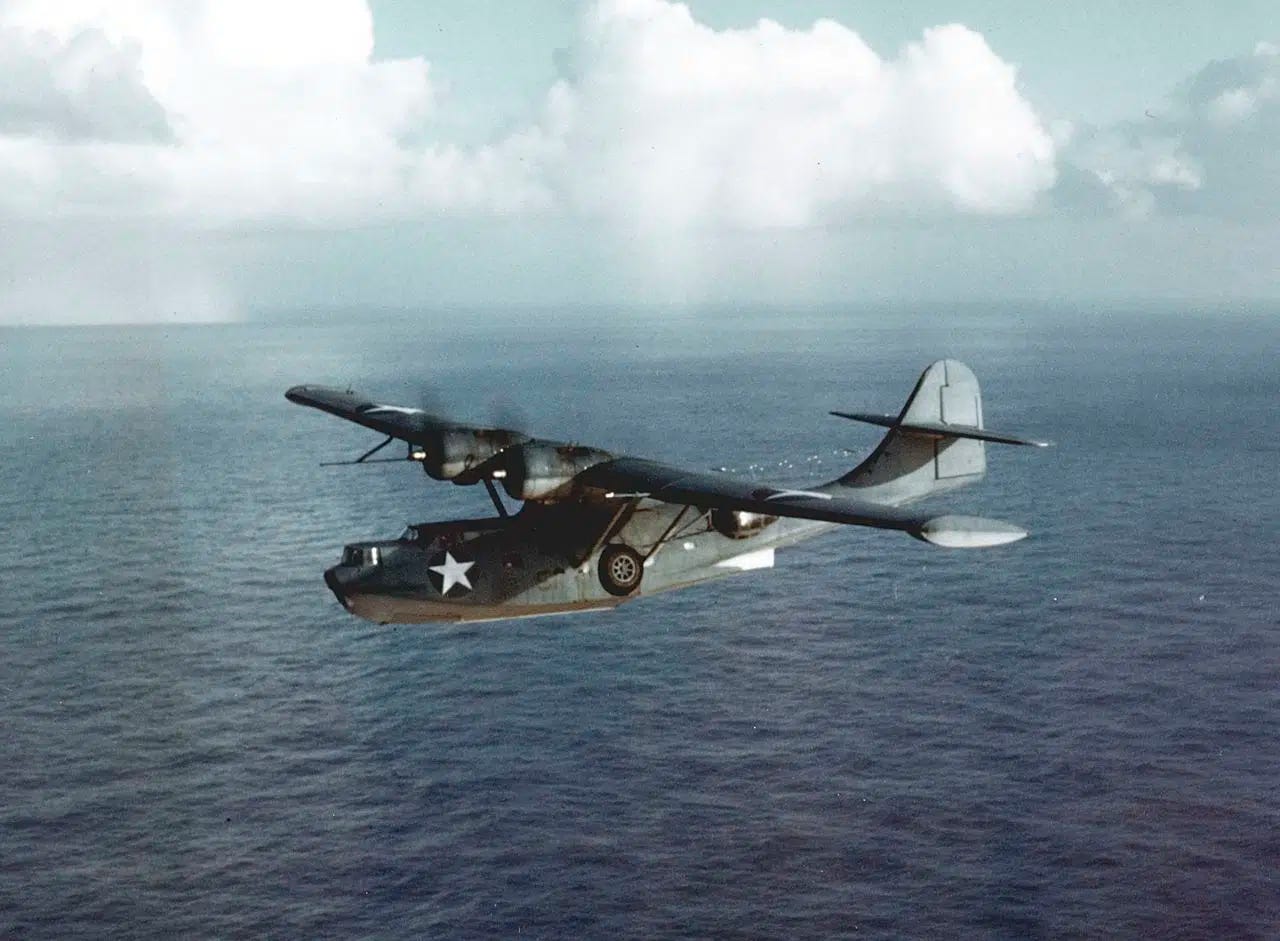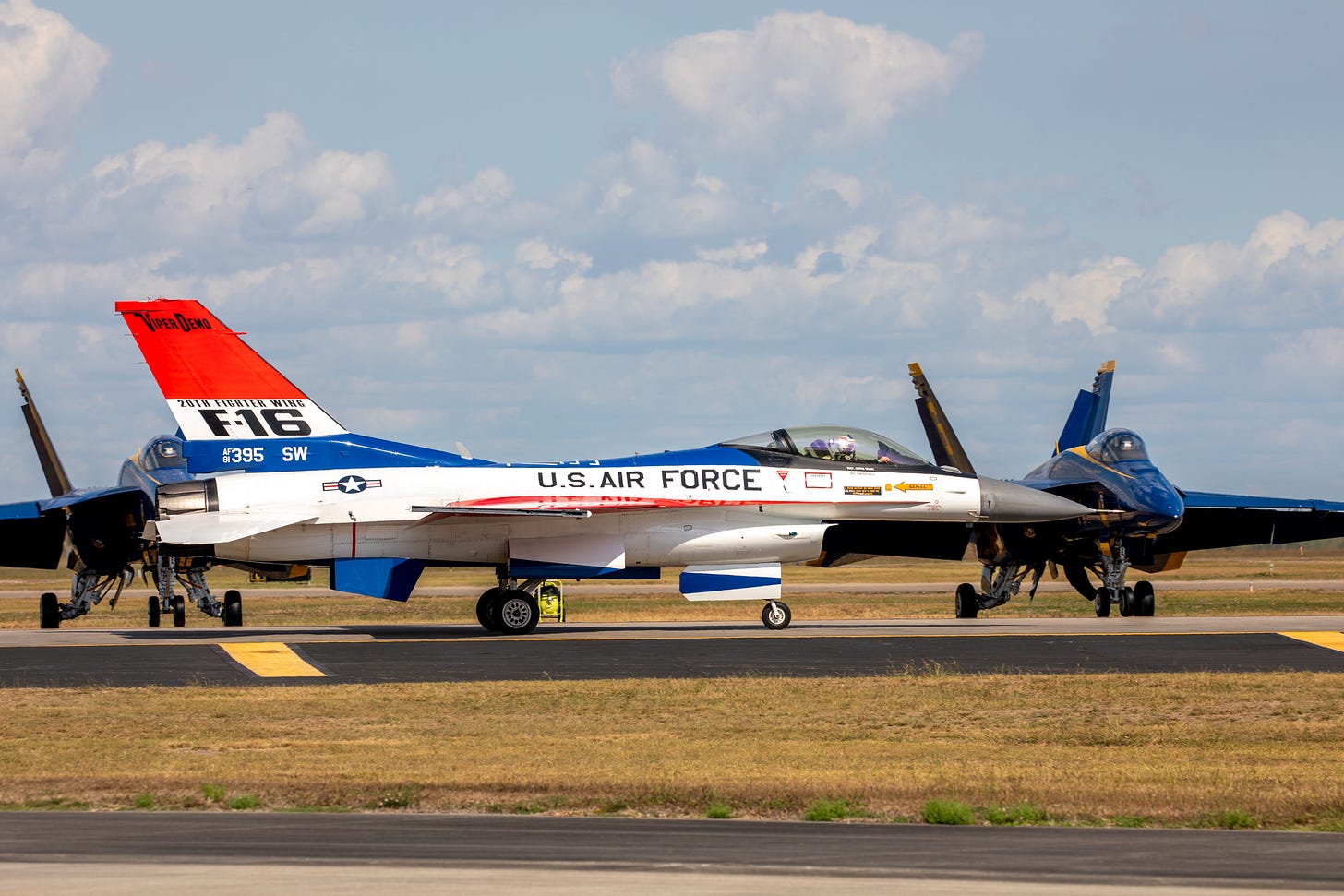Lockheed’s Comeback Play: Turning the F-35 Into a Ferrari
Redesigning the Lightning and remembering a legendary seaplane
“Everyone has oceans to fly, if they have the heart to do it. Is it reckless? Maybe. But what do dreams know of boundaries?” – Amelia Earhart
Mission Briefing
After losing the Air Force's coveted NGAD contract—now known as the F-47—to Boeing, Lockheed Martin isn’t licking its wounds. Instead, the defense giant is going all-in on a bold strategy to supercharge its F-35 Lightning II by injecting it with sixth-generation tech developed for its now-shelved NGAD proposal.
In a webcast discussion at the Bernstein Strategic Decisions Conference, Lockheed CEO Jim Taiclet outlined a plan to transform the fifth-gen F-35 into what he calls a "Ferrari." His promise: deliver 80% of NGAD-level capability at just half the cost.
Gen 5.5 in the Making
The vision? A “fifth-gen-plus” F-35 equipped with:
Advanced stealth upgrades to reduce radar and infrared visibility—potentially including reshaped engine inlets and outlets.
Pilot-optional capability, hinting at unmanned or autonomous flight features.
Next-gen electronic warfare and data networking to dominate the electromagnetic spectrum.
Sixth-gen weapons integration, giving the Lightning II teeth once reserved for future platforms.
Taiclet projects that some of these upgrades could be ready for test flights and early integration within two to three years. But he also cautioned that capability rollouts will be phased in to avoid disrupting ongoing production.
“You can’t just throw everything in at once,” he said. “It would jam the assembly line.”
Plugged into the Air Combat Ecosystem
Lockheed isn’t just upgrading the jet—it’s reimagining how the F-35 fits into the future battlespace. That means making it seamlessly interoperable with the Air Force’s emerging "family of systems"—a networked mix of sixth-gen fighters, drones, and collaborative combat aircraft. Think less dogfight, more digital swarm.
“This isn’t just about one aircraft turning tighter or flying faster,” Taiclet explained. “It’s about how each piece of the system works together to achieve air dominance.”
Technology Refresh 3: The Software Heart Transplant
Lockheed is already in the middle of a sweeping upgrade known as Technology Refresh 3 (TR3), which brings:
A powerful new core processor
Enhanced memory capacity
A modernized pilot display
Integration of a new distributed aperture system (six antennas that boost situational awareness)
This upgrade is a stepping stone to the more substantial Block 4 enhancements. TR3 hardware is already being built by L3Harris and installed in production F-35s, primarily at Lockheed’s Fort Worth facility. But there’s a snag—integrating the new sensor suite’s software with TR3 is running slightly behind schedule.
Taiclet remains optimistic. “By the end of this year,” he said, “we expect those aircraft to be fully combat capable and ready for front-line service—not just for the U.S., but for our allies around the world.”
Bottom Line
Lockheed’s not giving up the next-gen fighter race—it’s just changing lanes. By fusing NGAD innovations with the already proven F-35 airframe, the company hopes to redefine what a fifth-gen jet can be. If it succeeds, the result may be something new altogether: not Gen 6, but Gen 5.5—and it might be flying sooner than anyone expected.
This Week in Aviation History
In the early dawn hours of June 3, 1942, as the Pacific War approached a critical turning point, twenty-two U.S. Navy PBY-5A Catalina flying boats lifted off from Midway Island. Their mission: find the Japanese fleet expected to strike the tiny atoll. At 0855 local time, one of those aircraft—call sign 44-P-4, Bureau Number 08031—spotted the enemy. The crew, led by Ensign Jewell “Jack” Reid of Patrol Squadron 44 (VP-44), had located Admiral Raizo Tanaka’s Midway Occupation Force 700 nautical miles west of the island. This single sighting triggered a chain of events that would lead directly to the U.S. Navy’s stunning victory at the Battle of Midway.
The aircraft that made the sighting, the Consolidated PBY-5A Catalina, was an unsung hero of the war. Though not glamorous or fast, the Catalina was indispensable—an airborne workhorse of maritime patrol, search and rescue, and anti-submarine warfare.
First flown on March 28, 1935, with test pilot William B. Wheatley at the controls, the Catalina entered service in 1936 and remained in production until 1945. The PBY-5A variant was introduced as an amphibious model, equipped with retractable tricycle landing gear, allowing it to operate from both water and land.
With a wingspan of 104 feet and a length just under 64 feet, the PBY-5A had an unmistakable silhouette—its high parasol wing mounted above the fuselage on a central pylon gave it a graceful, albatross-like profile in flight. Powered by two 1,200-horsepower Pratt & Whitney R-1830-92 Twin Wasp radial engines, it wasn’t fast—cruising at just 124 miles per hour—but it had legs. With a range over 2,500 miles, it could patrol vast stretches of ocean where no other aircraft dared venture.
Its capabilities were versatile: the PBY-5A could carry up to 4,000 pounds of bombs or depth charges—or two torpedoes—under its wings. Armed with multiple .30- and .50-caliber machine guns, the aircraft wasn’t defenseless, but its best defense was often the vast Pacific sky and sheer distance from enemy fighters.
Of the 3,305 Catalinas produced, 802 were the PBY-5A amphibian variant. They served not only the U.S. Navy, but also Allied forces across the globe. In American service, the last active-duty Catalina, a PBY-6A, was retired in January 1957—capping more than two decades of faithful service.
The Catalina went on to serve in many roles during the course of the war, but it was on June 3, 1942, that the PBY Catalina etched its name into the annals of military aviation history. By finding the enemy when it mattered most, Ensign Reid and his crew helped tip the balance of the Pacific War. The Battle of Midway was just beginning—but thanks to the long-range eyes of the Catalina, the U.S. Navy would enter it with a decisive advantage.
In Case You Missed It
A little more about the B-21 Raider:
Photo Outlet
Every issue of Hangar Flying with Tog gets you a free image that I’ve taken at airshows:
Feel free to use these photos however you like, if you choose to tag me, I am @pilotphotog on all social platforms. Thanks!
Post Flight Debrief
Like what you’re reading? Stay in the loop by signing up below—it’s quick, easy, and always free.
This newsletter will always be free for everyone, but if you want to go further, support the mission, and unlock bonus content, consider becoming a paid subscriber.
Your support keeps this flight crew flying—and I couldn’t do it without you.
– Tog







